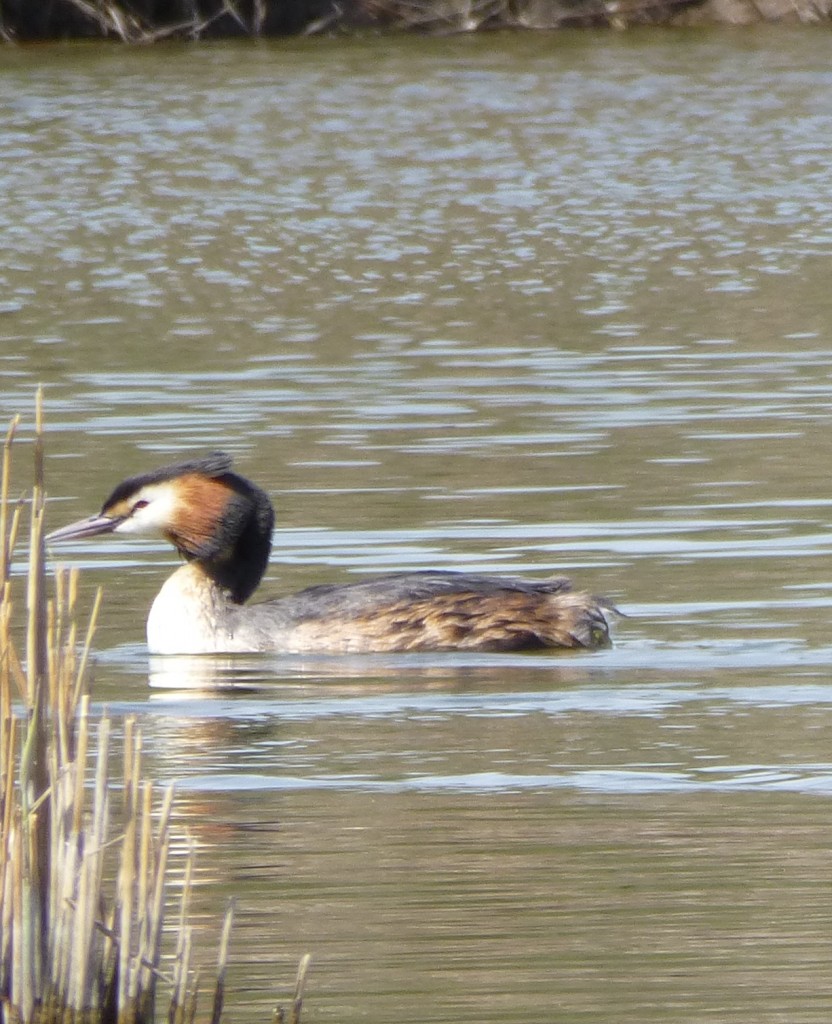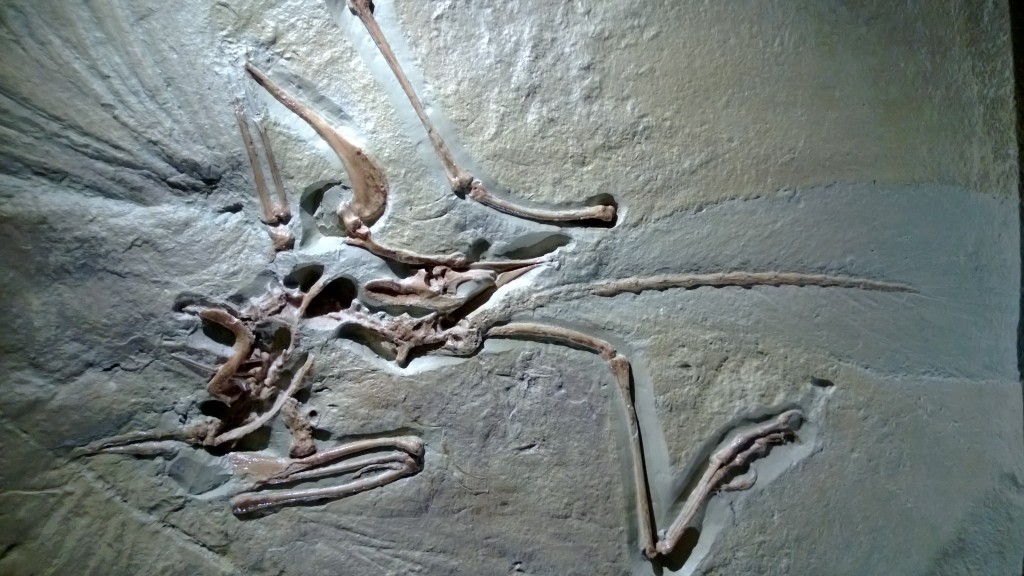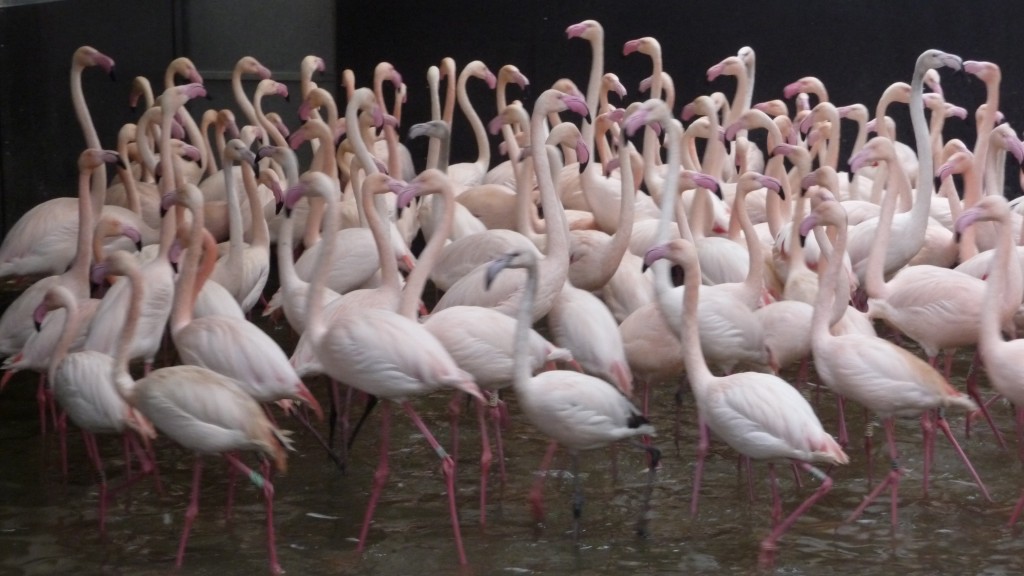Where do flamingos come from?
Here's some more Christmas reading for you. In my last post I was discussing the link between the flamingo and the mythical Phoenix, and how once-upon-a-time, one was thought to the same as the other. Whilst we are sure in our knowledge that flamingos most certainly are not a Phoenix, what they actually are still remains a mystery. We know they are an ancient group of birds, one of the oldest on the planet, and we knocking-about around the end of the Age of the Dinosaurs, but the fossil record doesn't always help us out when it comes to discovering where in the bird family flamingos actually fit.

Current science, and they're all not still in agreement, thinks that grebes are very closely related to flamingos and after many years of debate and argument, folks seem to have settled on this idea (for the moment!). This might seem a little odd, but if you look closely at the eye of a grebe and the eye of a flamingo, you can sort of see a resemblance. Maybe? Perhaps?! Certainly the bright red eyes of the lesser flamingo show a striking resemblance to the eyes of some grebe species, such as the black-necked grebe, which also has strikingly red eyes. In fact, there are 11 specific characteristics that grebes and flamingos have in common. So the evidence for this relationship is certainly very strong. Grebes are another ancient and unique group of birds, having evolved around a similar time to the flamingos. They are well represented in the fossil record (the remains of extinct animals that scientists use to work out how long species have been around for) just like flamingos are.

Peter Scott thought that flamingos were very similar to wildfowl, hence the reason why WWT keeps (currently) all of the flamingo species. And the resemblance to ducks, geese & co. is certainly more visibly evident than to other species. Their webbed feet for instance. As grebes are yet another group of distinctive wetland species, it doesn't really matter that flamingos are not "stretched pink ducks", they still have an important research, conservation and education role at WWT. And this confusion surrounding their evolutionary biology makes captive flamingos all the more important. The closer we can study the birds, the more we will eventually learn about them.
Long-necked grebes? Well it does seem that way. As weird that sounds or looks.
There's even a suggestion that flamingos are related to birds of prey... Hmmm. Taxonomy certainly is a mine-field! Merry Christmas!



